5 Different Types of Accounts in Accounting

Did you know that there are several types of accounts in accounting? You’ve probably heard about debits and credits, which basically are accounting terminology for the increase or decrease of balances in an account. However, you should note that credit or debit could mean either an increase or a decrease, depending on which type of account you’re talking about. For example, in asset accounts, debit means an increase, and credit means a decrease, while for liability accounts, it’s the other way around. This can get confusing for anyone who is not an accountant.
Understanding the types of accounts in accounting (along with the so-called golden rule of accounting of how debits and credits work) is an essential step to confidently taking charge of your small business’ finances. So join us as we share the five different types of accounts that you need to know about as a small business owner.
Key Takeaways:
- The 5 primary account categories are assets, liabilities, equity, expenses, and income (revenue)
- Once you understand how debits and credits affect the above accounts, it’s easier to determine where to place your sub-accounts
- Sub-Accounts are more commonly seen in Income and Expense account types and can be what makes sense for your business
- A operational knowledge of assets and liabilities will help you break up your sub-accounts
- A strong, working understanding of the different types of accounts is the best way to ensure smooth accounting for your business
In this article, we’ll cover:
What are Accounts in Accounting?
The 5 Types of Accounts in Financial Accounting
What are Accounts in Accounting?
Any time you sell a product or service, your accounting books must be updated to reflect each transaction. When this is done, the proper transaction gets recorded into the accounts. And when your business purchases products or services from other companies or business entities, you also need to use the accounts to keep track of such transactions.
This ongoing log of records allows the details of your business’s financial records to be tracked. These details are then used to build up your financial statements to show how much you own and owe (balance sheet) and how much you are earning or losing (income statements). With your financial statements and financial data accurate and complete, you will be able to perform analysis and make impactful business decisions.
Accounting software normally lists the accounts in a COA (Chart of Accounts). A COA is where you organize the various accounts used in your business. Only when accounts are set up in the COA can they be selected and used to track specific transactions or financial events in accounting systems.
But a COA in disarray—or no COA at all—can quickly lead to inaccuracies that harm your operations and financial strength. So let’s explore the different types of accounts in accounting. And in doing so, you will know which ones to use in your business for effective bookkeeping.

The 5 Types of Accounts in Financial Accounting
We should preface this headline by saying businesses can have a seemingly endless number of account types. And while that’s true, all those accounts fall under one of 5 account categories. This makes compiling the other account types easier for systematic review and retrieval.
The 5 primary account categories (also called real accounts) are as follows:
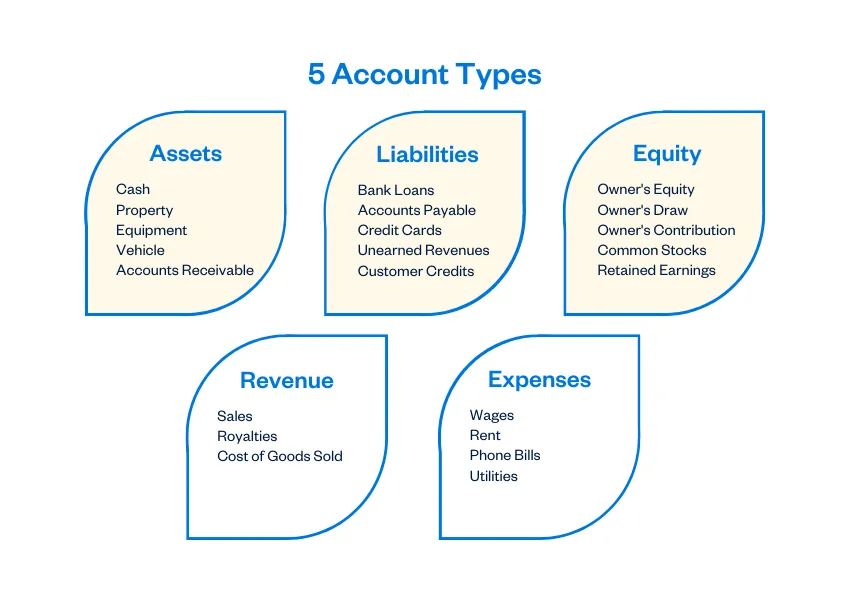
- Assets
- Liabilities
- Equity
- Expenses
- Income (Revenue)
Once you understand how debits and credits affect the above real accounts, it will be easier to determine where to place your sub-accounts. Getting familiar with how debits and credits affect the different types of real accounts is important.
So let’s explore that now and see what kind of impact they have. Below is a handy chart explaining the effects that debits and credits have on each of the five primary account types.
|
Account Type |
Debit Effect |
Credit Effect |
|
Assets |
Increased |
Decreased |
|
Liabilities |
Decreased |
Increased |
|
Expenses |
Increased |
Decreased |
|
Income |
Decreased |
Increased |
|
Equity |
Decreased |
Increased |
Try to memorize this chart so that you don’t struggle to categorize your sub-accounts properly.
Accounts and Sub-Accounts
If you’ve been a business owner for any length of time, you’ve probably seen a wide variety of different accounts or sub-accounts, which can vary wildly. What’s more, they are often customized to fit the business owner’s specific needs.
With that said, some mainstays are universal and used by the vast majority of businesses. Some examples include bank accounts, accounts receivables, accounts payables, etc. Why would you want to use these kinds of accounts and sub-accounts?
Simply put, each account type mentioned usually includes certain major accounts, for example, Bank Accounts and Accounts Receivables are commonly used accounts that belong to the Assets Account Type. But sub-accounts help you break down accounts even further into easily managed categories. So rather than listing every transaction using only a few primary accounts of each type, you would use sub-accounts for more detailed recording and reporting. Sub-Accounts are more commonly seen in Income and Expense account types.
For example, there could be one account called Travel Expenses, but with sub-accounts like Travel Meals and Flight to track the travel expenses in more detailed categories. You can easily report on the most applicable sub-account to get a sense of the financials in that category. This is a much faster method than scrolling through numerous transactions in the Travel Expenses account, trying to distinguish which are meals and which are flights.
Moreover, every sub-account you use allows you to keep track of your spending more accurately. When combined with accounting software like FreshBooks, managing your business is easier than ever. And you can trust that it’s more accurate than trying to juggle your transactions across a limited landscape.
Click here to try FreshBooks for free.
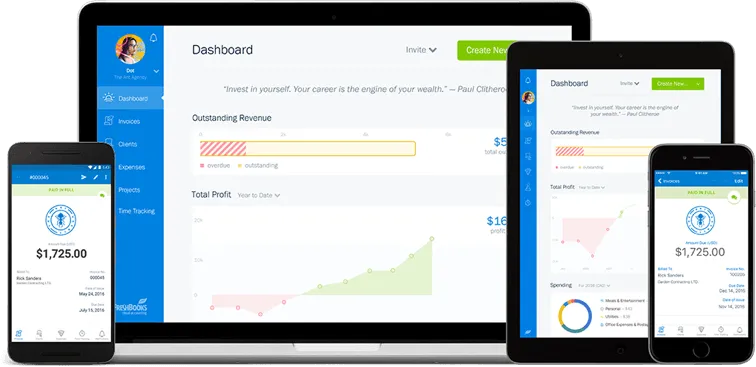
Let’s look at some of the most common Accounts and Sub-account types businesses use in various industries. Keep in mind that these Accounts and Sub-accounts should all fall into one of the five real account types (Asset accounts, Liability accounts, Expense accounts, Income accounts, and Equity accounts). As a business owner, it’s essential that you understand the differences between these types of accounts. In accounting, details are everything, so be sure to make a note of these if you’re planning on doing your own accounting and bookkeeping.
We’ll start with Assets and work our way down the list.
Asset Accounts
Your business’s assets are anything that adds value to your brand. They could be things like raw materials or company vehicles. And since you can have both tangible assets and intangible assets, your business’s assets can also include company trademarks.
Here are some common accounts for Asset accounts:
- Bank Account
- Accounts Receivable
- Petty Cash
- Inventory
- Property, Plant, and Equipment
Some people get confused when they see Accounts Receivable since they don’t physically have that money on hand. But because that money is still owed to you, it counts toward your assets. Remember, under the Assets category, credits decrease while debits increase.
Example:
Asset accounts are fairly straightforward. Let’s say that you sell $1000 worth of your inventory, money which you then place into your bank account. You would then simply increase (debit side) your bank account by $1000 and decrease (credit side) your Inventory account. By carefully tracking the transaction into its respective accounts, you’ll be able to keep track of all types of intangible and tangible assets—in this case, both your inventory and your revenue.
Liability Accounts
Liabilities are anything your company owes out. For example, let’s say you needed machinery serviced or repaired. It was a fairly pricey fix, so the repair company just gave you an invoice. You haven’t yet paid for the service, but you owe it. That’s a liability.
Here are some common sub-accounts for Liability accounts:
- Collected Sales Tax
- Accounts Payable
- Income Tax
- Payroll Tax
Accounts Payable consists of items you still have yet to pay. Therefore, you would put that account under the Liabilities umbrella.
Example
A common instance of such accounts would be if your business was to purchase $1000 of new inventory from another business entity on credit, rather than with your own money, as a business transaction. This would result in a credit to your Accounts Payable account (since you now owe more money) and a debit to your Inventory account (since your inventory has increased).
Equity Sub-Accounts
Equity refers to your company’s overall worth. What’s more, it’s the difference between the separate accounts of your assets and liabilities.
Here are some common accounts for Equity accounts:
- Retained Earnings
- Owner’s Equity
- Common Stock
Your company’s Equity accounts will increase when there is an investment or funding into your business and decrease when there is a loss or an owner’s draw occurs.
Example:
Equity accounts come into play for stocks and dividends. If investors invest $1000 in your company, you would credit Owner’s Equity or Common Stock account and debit your Cash account to reflect the transaction properly.
Expense Accounts and Sub-Accounts
Your company’s expenses are anything you purchase to run your business. When you buy fuel for your company vehicle or stock up on office supplies, those purchases are considered company expenses and you need accounts involved in that.
Here are some common sub-accounts for Expense accounts:
- COGS (Cost of Goods Sold)
- Insurance Expenses
- Vehicle Expenses (Account)
- Mileage (Sub-account)
- Repairs and maintenance (Sub-account)
- Payroll Expenses or salary accounts
- Salary Expenses
- Rent
- Office Expenses
Expense accounts are increased when money is spent to run your day-to-day business activities. Any time your business spends money, your expense accounts increase.
Example:
An example of an Expense account would be a typical business expense, such as your rent payment on a physical business location. If you pay $1000 in rent from your checking account, you would then credit your checking account and debit your Expense sub-account, in this case, a rent Expense account.
With FreshBooks expense tracking software, companies can create and categorize expenses, monitor spending, and generate reports to stay on top of their finances. This can help businesses make informed financial decisions and keep on top of their expenses.
Click here to try FreshBooks for free.

Revenue Accounts and Sub-Accounts
Revenue is your company’s earnings. Moreover, anything that brings in money for any reason is tracked under Revenue accounts.
Here are some common Revenue accounts and sub-accounts:
- Earned Interest
- Product Sales (Account)
- Website Sales (Sub-account)
- Store Sales (Sub-account)
- Wholesale (Sub-account)
- Income
Revenue accounts are critical to any business, and ensuring you are tracking your transactions accurately will give you real-time information on how your business is growing.
Example:
Revenue accounts are used to track your business’ income from sales and other sources. If a customer pays you $1000 for your services via credit, you would log the transaction in the following manner: increase your Revenue account with a credit and likewise increase your Accounts Receivable account with a debit.
Conclusion
Now that you know how accounts and sub-accounts work, you can make the necessary adjustments to your company’s bookkeeping. In doing so, you can effectively record and monitor to reduce unnecessary spending, increase revenue, and meet financial goals.
Having a strong, working understanding of the different types of accounts in accounting is the best and only way to ensure a smooth accounting system for your business. Once you understand individual accounts (not to be confused with personal accounts) and how they work together as a whole, you’ll be able to manage your finances more easily and ensure a well-organized system for the future.
If you’re looking for a simple, effective, flexible way to keep track of your several accounts, including your Checking account, Cash account, Income account, Equity account, Asset account, Liability account, and more, FreshBooks, a Canadian-made software, is here to help. Our cloud-based accounting software solution can help you bring each separate account into the fold of a single platform, helping you to effectively track and manage all the money your business generates and quickly create detailed financial statements for all types of accounts.
Care for additional tips on small businesses? Check out our accounting category and get updates on the latest trends and insights.

FAQs on Types of Accounts in Accounting
More questions on the different account types? Here are some questions that people also ask on this topic.
What is the chart of accounts in accounting?
Simply put, a chart of accounts (or COA) is an organizational tool that provides financial oversight of all of a business’s transactions and accounts. A COA provides business owners with the insights and data they need to track all of the company’s financial transactions, along with providing unique records for each and every asset, liability, equity, expense, and more, along with information for all the different types of accounts your business has.
What are GAAP rules in accounting?
The Generally Accepted Accounting Principles (or GAAP) are a set of guidelines for proper accounting practice. Think of GAAP as the golden rule of accounting. The principles include regularity, consistency, sincerity, the permanence of methods, non-compensation, prudence, continuity, periodicity, materiality, and utmost good faith. Together, these makeup accounting’s golden rule.
What are the 3 main ledger accounts?
The three main kinds of ledger accounts are the general ledger, the sales ledger, and the purchase ledger. The sales ledger reflects your Accounts Receivable, while the purchase ledger shows Accounts Payable. Both of these are reflected and balanced in the general ledger account.
How does a liability account differ from an asset account in accounting?
A Liability account refers to the money you owe to other parties, such as vendors, suppliers, utility providers, and more. On the other hand, asset accounts keep track of items and other things of value—from credits owed to you to the funds in your bank account—that can provide economic gains for your company.
What are the main ledgers?
Certain companies might keep several different ledgers, such as those for different types of balance sheets and statement accounts, such as Sales accounts, Payroll accounts, and more. However, the main ledgers are the general ledger, the sales ledger, and the purchase ledger. Learn more about the ins and outs of ledgers here.
Reviewed by
Jami Gong is a Chartered Professional Account and Financial System Consultant. She holds a Masters Degree in Professional Accounting from the University of New South Wales. Her areas of expertise include accounting system and enterprise resource planning implementations, as well as accounting business process improvement and workflow design. Jami has collaborated with clients large and small in the technology, financial, and post-secondary fields.
RELATED ARTICLES



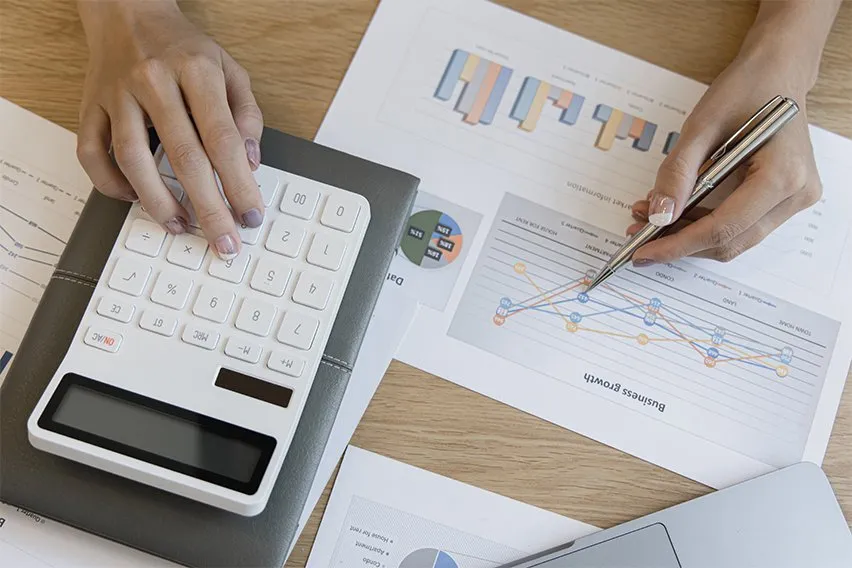 What Is an Expense Account? Definition, Types & Tips
What Is an Expense Account? Definition, Types & Tips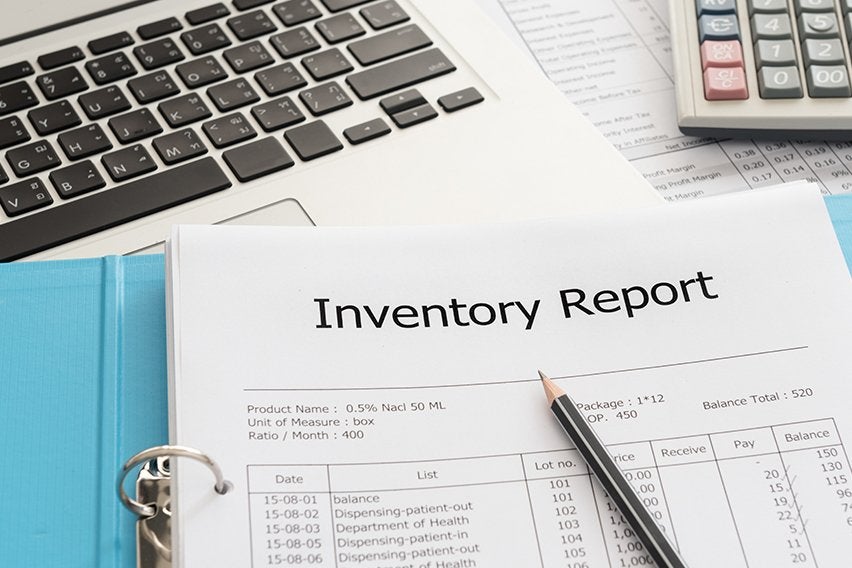 Inventory Cost: Definition & Types
Inventory Cost: Definition & Types How to Calculate Cash Flow
How to Calculate Cash Flow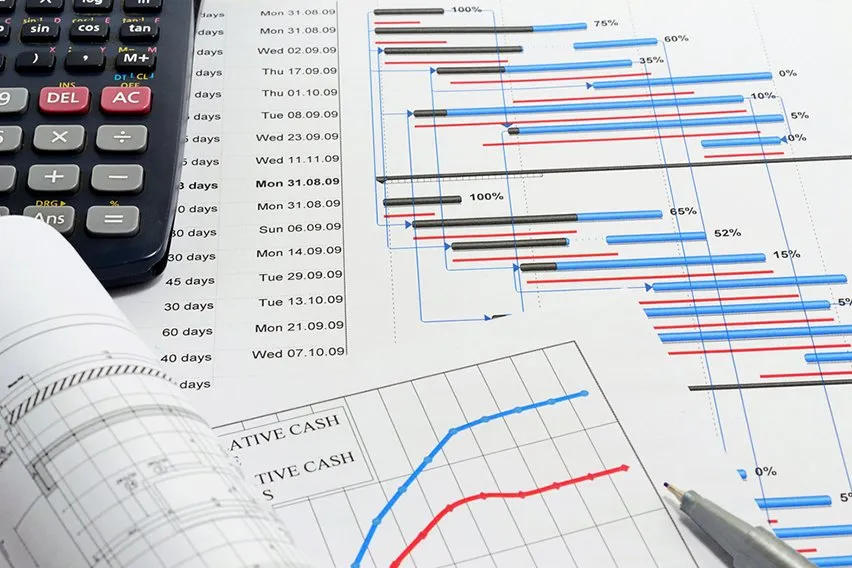 How to Create a Cash Flow Projection
How to Create a Cash Flow Projection What Is Net Revenue? Definition & Formula
What Is Net Revenue? Definition & Formula Net Profit Margin: Definition, Example & Calculation
Net Profit Margin: Definition, Example & Calculation